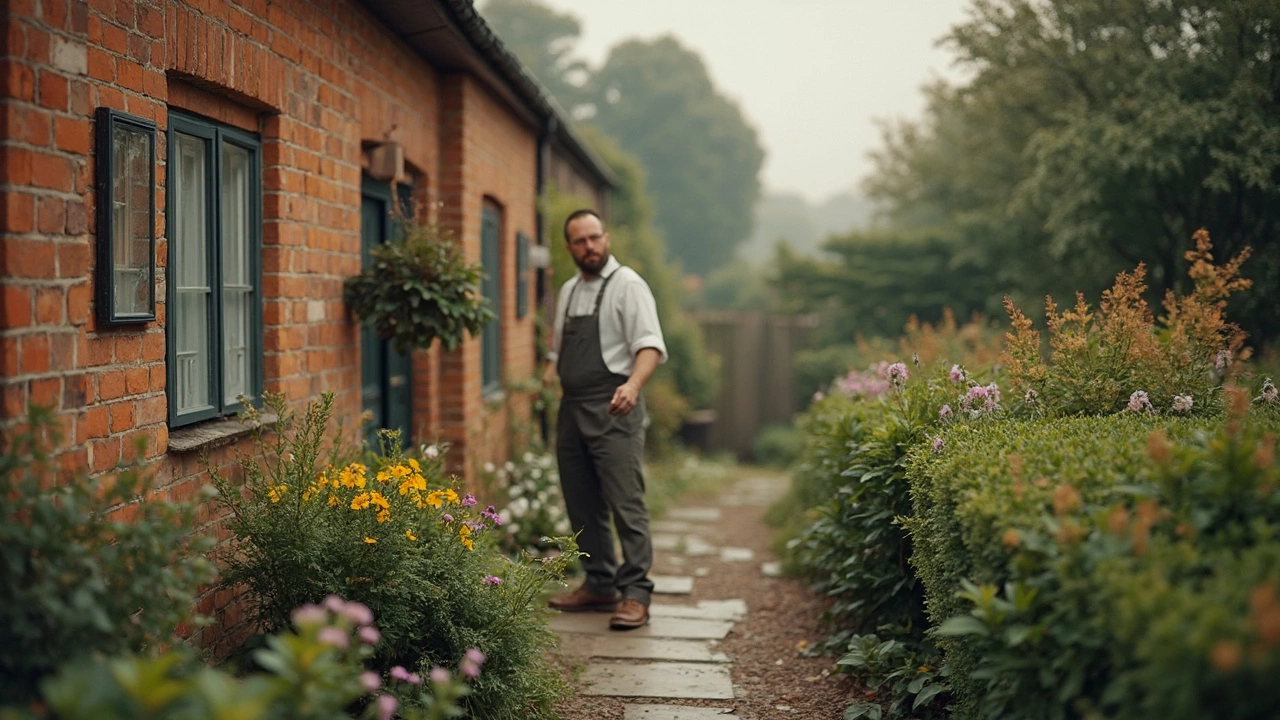DIY Foundation Fix: How to Repair Cracks and Keep Your Home Stable
If you notice cracks in walls, uneven floors, or doors that won’t close properly, your foundation might be sending a warning. The good news is you don’t always need a full‑blown contractor call. With the right tools and a bit of know‑how, many foundation issues can be tackled on the weekend.
Spotting Common Foundation Issues
First, figure out what you’re dealing with. Small hairline cracks in plaster are usually just cosmetic, but wider gaps (more than ¼ inch) in a concrete wall can signal movement. Look for doors and windows that stick, floors that slope, or gaps at the base of exterior walls. If the crack runs vertically or diagonally and is getting longer over time, it’s a red flag.
Grab a flashlight and a ruler. Measure the width and length of each crack and write it down. This simple record helps you see if the problem is getting worse. Take photos from inside and outside – they’re handy if you later need a professional opinion.
Easy DIY Fixes You Can Do Today
Once you know the crack’s size, choose the right repair method. For cracks under ¼ inch, a high‑quality epoxy or polyurethane filler works well. Clean the crack with a wire brush, push the filler in with a putty knife, and smooth it out. Let it cure according to the product label, usually a few hours.
For larger cracks (¼ to ½ inch), you’ll need a two‑step approach. Start with a concrete repair caulk to fill the gap, then apply a patching compound over the top. Reinforce the repair with a metal or fiberglass repair strip if the crack runs along a load‑bearing wall.
If your floor is sloping, you might be able to level it with self‑levelling underlayment. Clean the concrete slab, apply a bonding agent, then pour the underlayment. It spreads out and creates a flat surface, hiding minor foundation movement.
Don’t forget drainage. Water pooling around the foundation is a common cause of movement. Clear gutters, add downspouts that direct water at least 6 feet away, and consider a French drain if the soil stays soggy.
Finally, monitor the repair. Re‑measure the crack after a month and after heavy rain. If it’s still stable, you’ve likely saved yourself a costly call. If it’s widening, call a structural specialist – some issues need professional underpinning or piering.
DIY foundation fixes aren’t a magic bullet for every situation, but for many homeowners they’re enough to keep the house safe and comfortable. Grab the right filler, follow these steps, and you’ll feel more in control of your home’s health.
Can I Fix My Own House Foundation?
- Gavin Whitaker
- |
- |
- 0
Wondering if you can tackle your house foundation issues on your own? It's a question many homeowners ponder when they spot those suspicious cracks in the walls or notice uneven floors. This article explores what foundation repair involves, whether it’s a suitable DIY project, and provides practical tips for assessing the condition of your home’s foundation. Plus, learn some surprising facts and tips to decide if you're up for the challenge or if calling in a professional might save you a heap of trouble.
View more